No, you’re not lazy because you don’t have a six-pack; there are multiple reasons you might not see yours, and it shouldn’t (and doesn’t) matter. I’m a personal trainer, and even at my leanest, I have never been the proud owner of a six-pack, but that doesn't mean I'm not fit and healthy, or that I don't have a strong core.
I eat well most of the time, prioritize protein and rest days and train roughly four times a week, including running, yoga, Pilates and weightlifting. Six-packs are, unless you are genetically wired for them, pretty hard work to build and maintain, and are the painstaking result of low body fat percentage and lots and lots of ab workouts.
For many people (me included), they might not always be attainable — unless you really, really want them.
Am I lazy? No. Could I be leaner? Yes. But I will still never own a six-pack, and trust me, it really doesn’t matter or reflect how fit and healthy you are. Here are four reasons they’re tough to build, and how to get past the barriers if you want to.
Abs vs core muscles: What’s the difference?
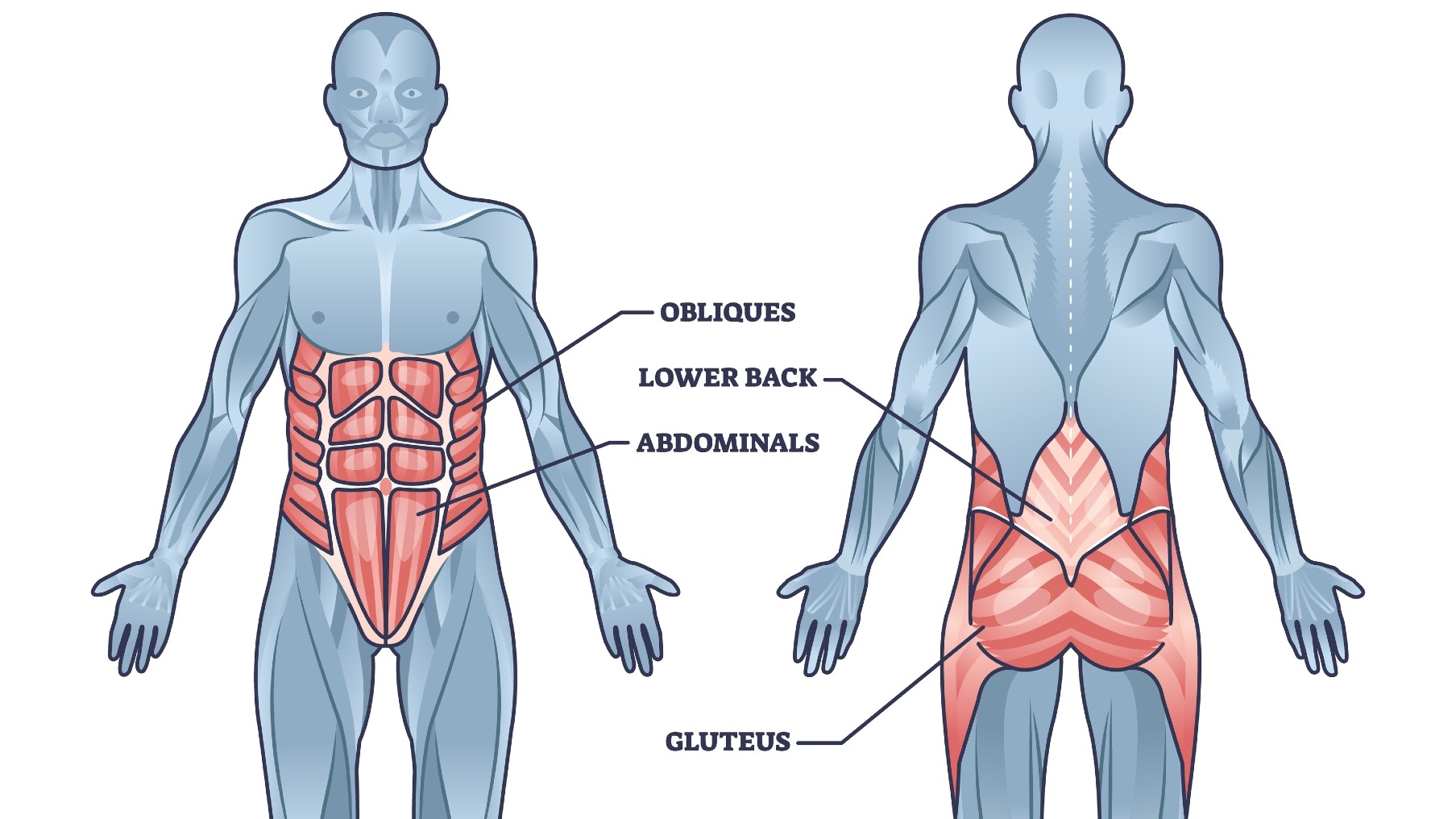
First, building a strong core is the most important goal when thinking about your core muscles in general, as this can help you move better, protect your pelvis and spine and help you avoid injury, lift heavier and withstand impact better — all of these benefits are functional rather than aesthetic.
But let's talk abs versus core muscles for a moment. Your core refers to an entire network of muscles, not just one group, known as the rectus abdominis, or the abs, which exist amongst many core muscles. The abs muscles help flex your trunk and keep your pelvis stable; they run down the front of your stomach and are better known as the six-pack.
Although this muscle group sits nearer the top of the skin than your deeper stabilizing muscle groups, they can still only be seen when your body fat percentage is low enough to show them. And given that we all store fat differently, this is easier for some than others to achieve.
Yes, you can build abs, but strengthening a muscle group and growing it are two different training concepts, so I recommend learning the difference between hypertrophy and strength training first.
Here are just a few reasons abs are so hard to see.
1. Diet
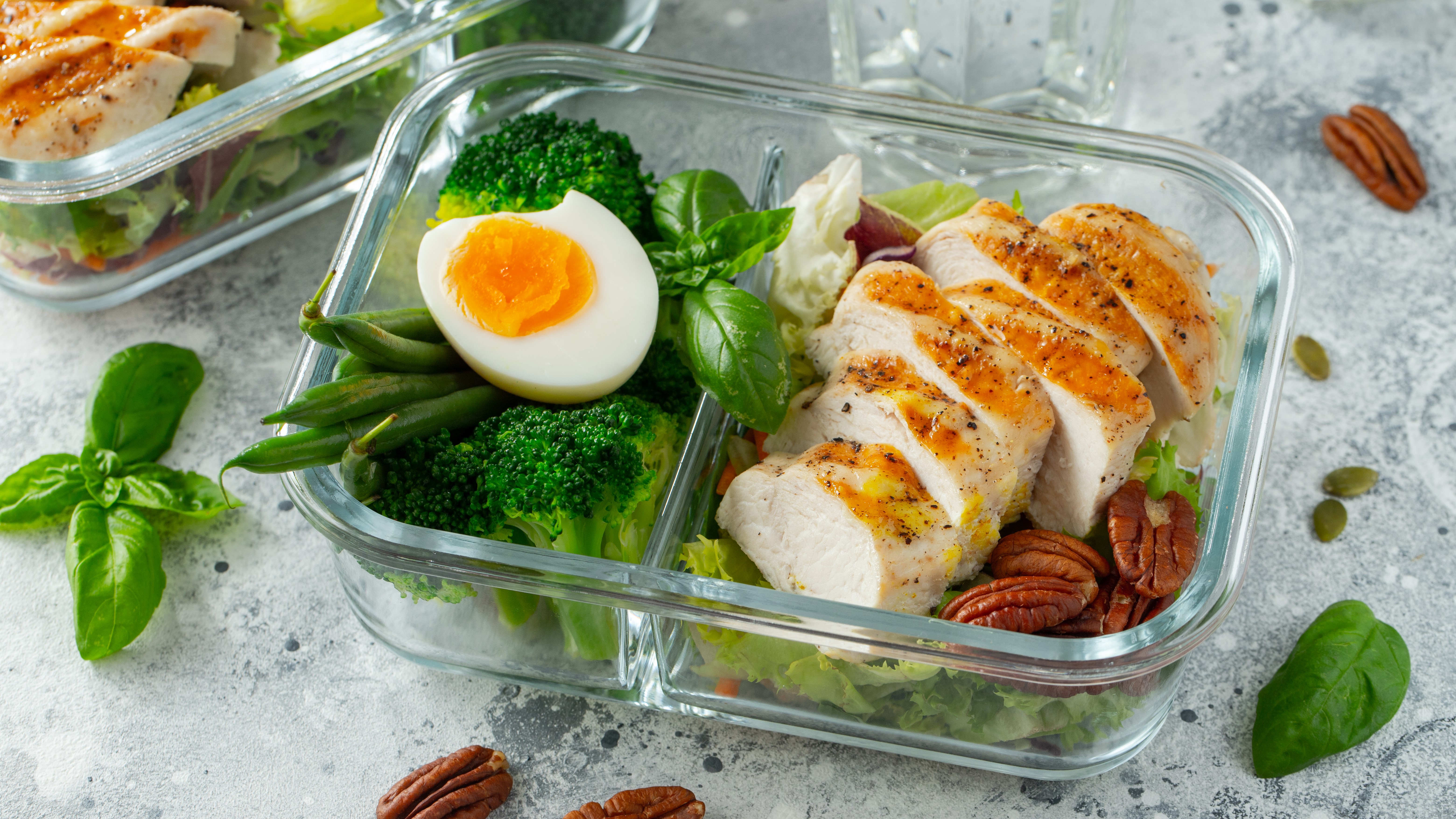
Nowadays, we know that fueling your body is a much more unique experience than hitting a guideline generated by a corporation. And with that knowledge, we can tailor our diets to our needs.
Your diet as a whole matters not just for fat loss, maintenance, or weight gain, but also health and wellbeing, and should include balanced macronutrients (fat, carbs and protein), micronutrients (vitamins and minerals) and fiber.
But if you're unsure whether your diet is serving you right now, calculating your macros could help. Protein is the macronutrient you’ll need to focus on most to fuel your body for muscle growth and recovery, as it helps support both. With regard to how much protein you need to build muscle, that number depends on you and your lifestyle, plus how often you exercise.
If having a six-pack is the goal and you don't have one yet, you might want to think about moving into a fat-loss phase while maintaining high-protein meals for muscle. So, as you can see, it takes some thinking!
As a personal trainer, I don't recommend counting calories for sustained periods because, for some people, it can have a damaging effect on their mindset and approach to food. But, if your goal is to find your six-pack, taking a closer look at your diet for potential tweaks could help you.
2. Daily movement

Sometimes it’s easy to get fixated on diet and exercise and forget that it's your overall energy expenditure throughout the day that will prime you toward fat loss, which occurs when the body is in a calorie deficit.
If your diet and exercise routine are on point, are you active enough?
That means moving more often and finding more ways to move, like playing with the kids, carrying groceries home from the store, or working while standing, for example. This relates to Non-Exercise Activity Thermogenesis, or NEAT, and can help you burn more calories without overdoing it in the gym or eating less.
While prioritizing NEAT can help you expend more energy, movement should feel good and not forced. A daily walk can be mindful, and moving more often can improve mental strength and help you unwind. It shouldn’t feel like a punishment, though, and factoring in rest is just as important for wellbeing and recovery.
3. Stress

A recent study suggests that stress can be a leading contributor to workout plateaus. Sustained raised levels of cortisol (the “stress hormone”) can also lead to an increase in fat storage, particularly around the midsection, known as “cortisol belly," and this is more prevalent in women than men.
Finding ways to manage stress through mindful practices like movement, exercise, or breathwork can be useful, and many of the best smart rings and fitness trackers can help monitor your cortisol levels, heart rate and blood pressure for signs that your body may not be coping.
Reducing stress rather than focusing on eliminating it entirely could help you feel better within yourself, improve sleep hygiene and cope better with daily life, but you might find a secondary impact could be that you find it easier to lose weight.
4. Genetics
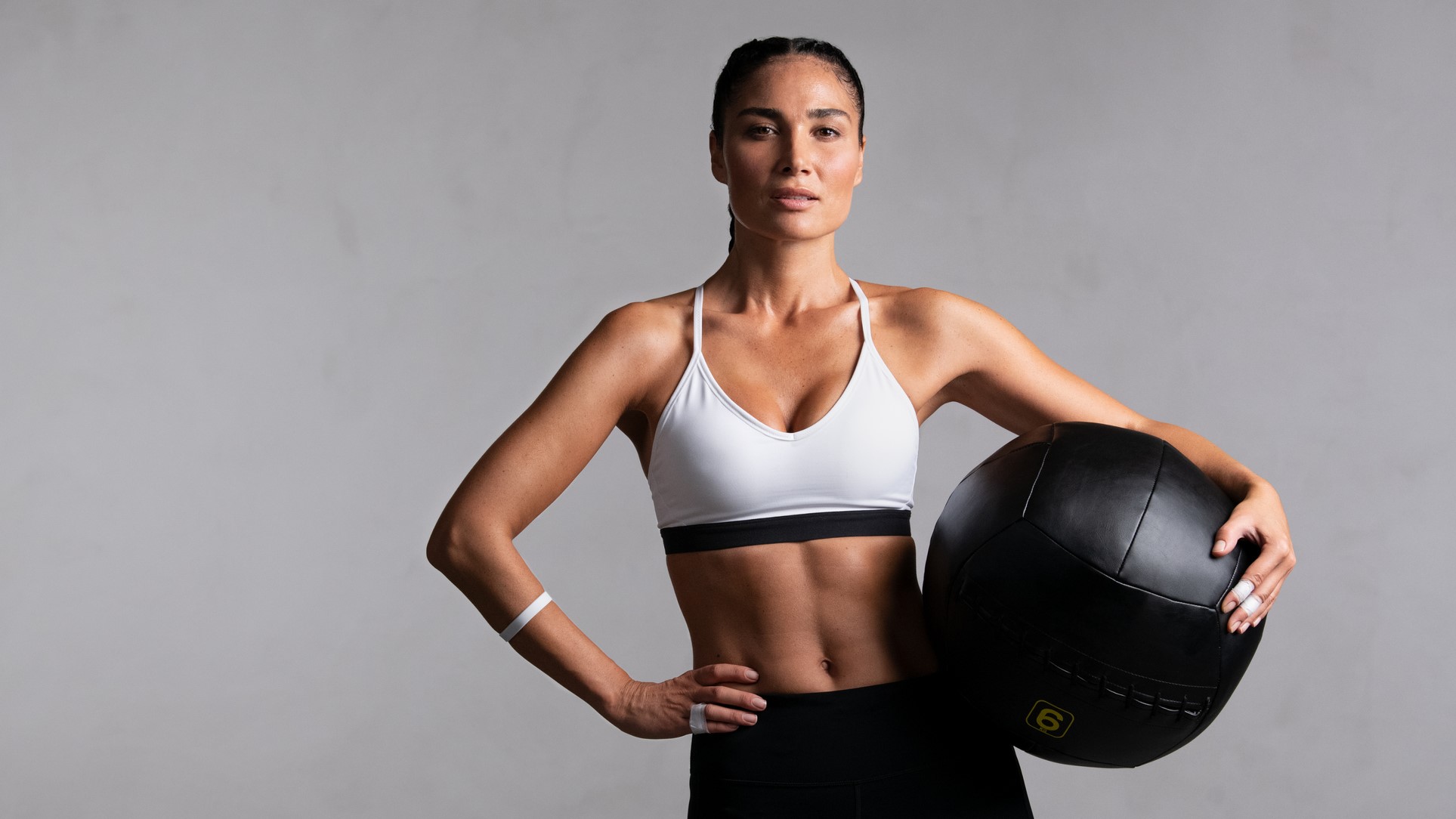
Has someone ever said to you that they don't work out, and yet they have a sculpted body seemingly without a shred of fat on them? There's something in that, other than young age.
Genetics plays a role in how easy or difficult you find it to lose weight. Some people may be gifted with a faster resting metabolism, which means they might have a little more freedom in how they eat or move. For others, health conditions, including metabolic disorders, could make it harder to lose weight and keep it off. Your genetics might also play a role in how or where you store fat.
If this all sounds familiar, it’s worth learning the difference between body fat percentage and body fat mass to help you decide which matters more to you (if either), but if you don’t need to lose fat for medical reasons, then body fat mass will matter far less.
That doesn't mean you're stuck with your lot; it just means it might take a bit more of a focused effort to reach your goals. In which case, checking out my handy guide on body recomposition (losing fat and building muscle) can help you decide if the journey is for you.
Bottom line
The above are just a few of many reasons why you may not see muscle definition in your midsection, and while tweaking one or more of them could help you get there, remember that you can still be fit, strong and healthy without a six-pack, and it doesn't indicate that you're any less capable in the gym.
We all look different, and that's a good thing!
.png)



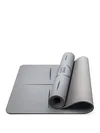




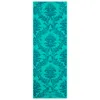

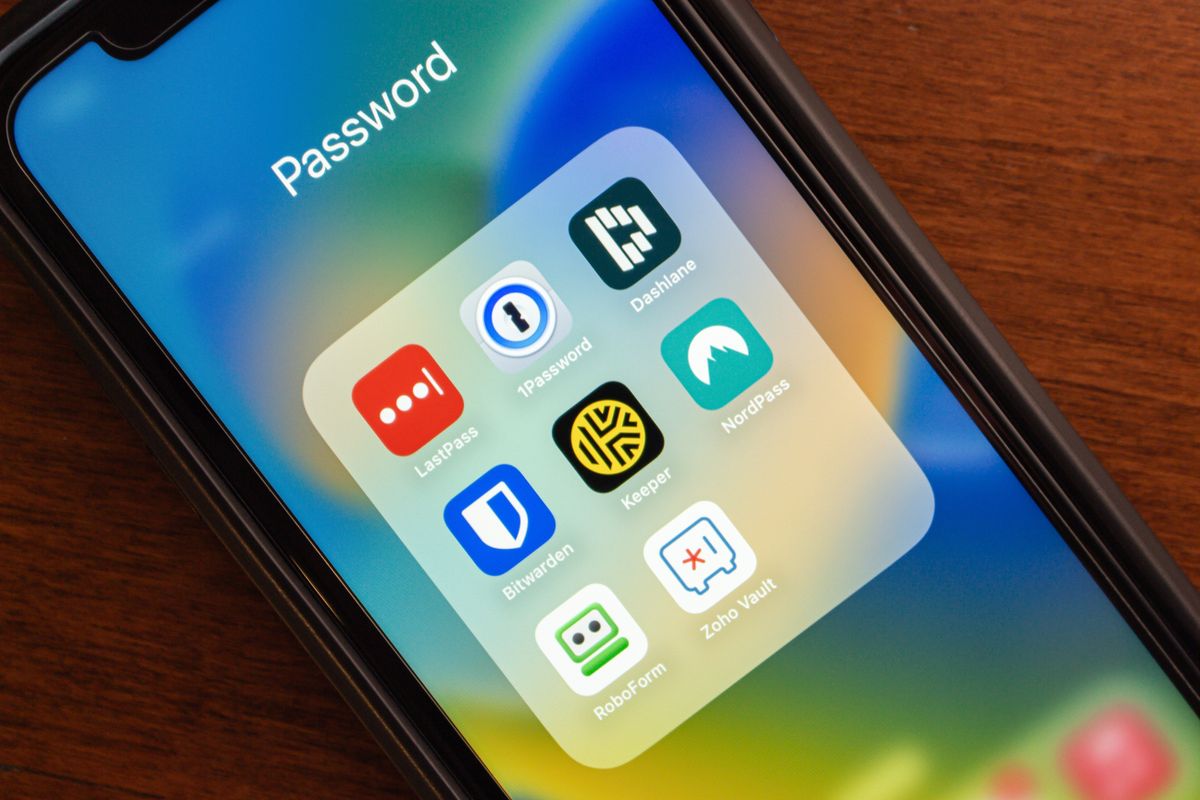

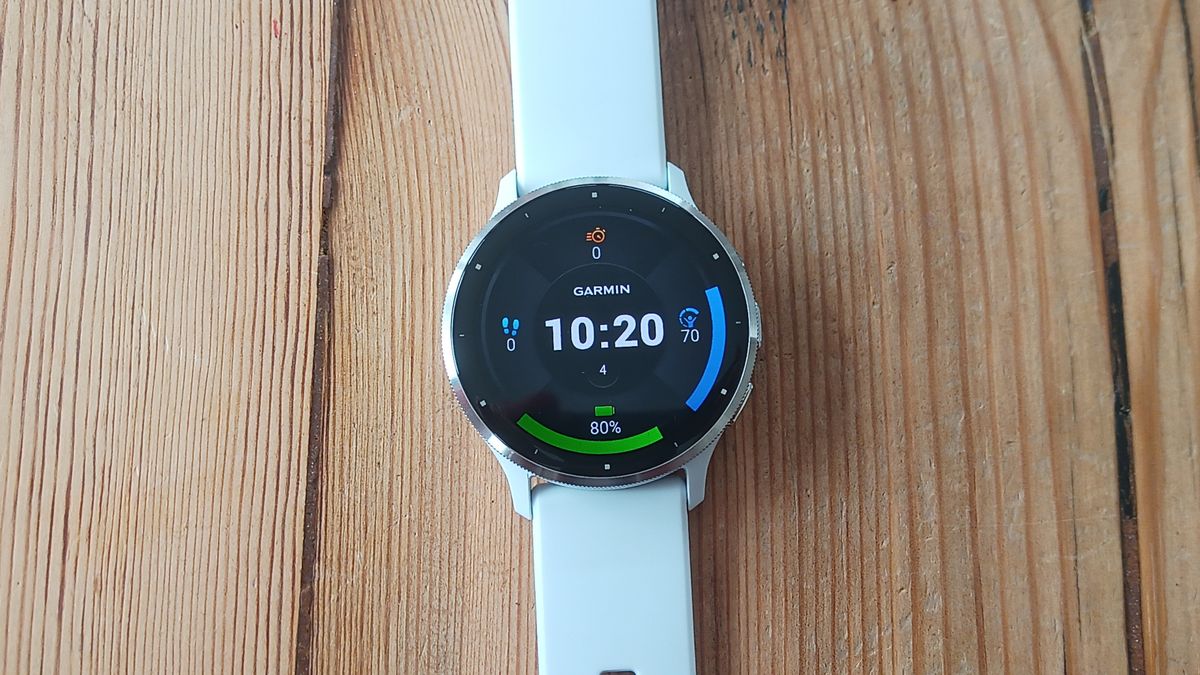
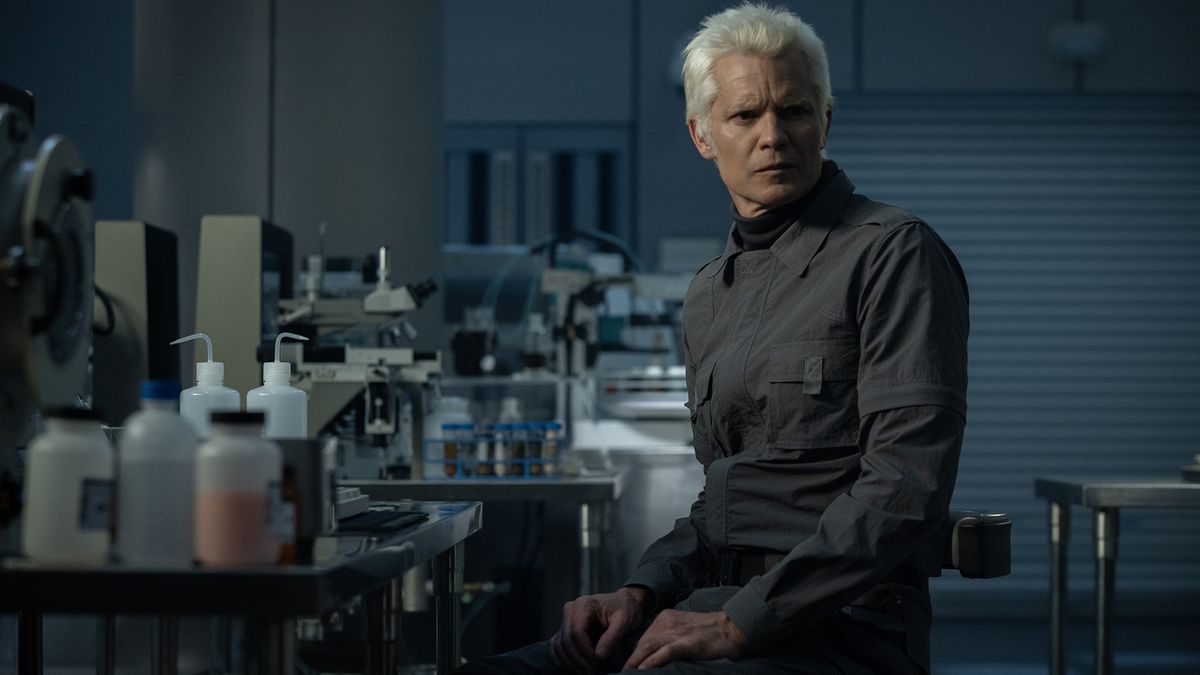

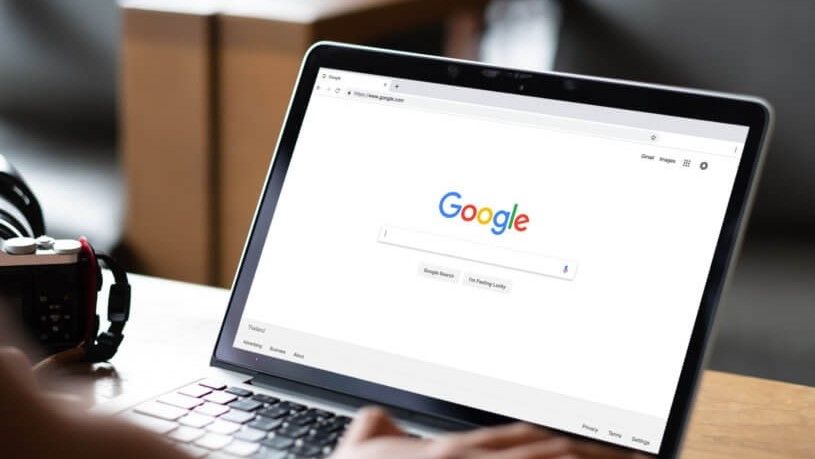





 English (US) ·
English (US) ·